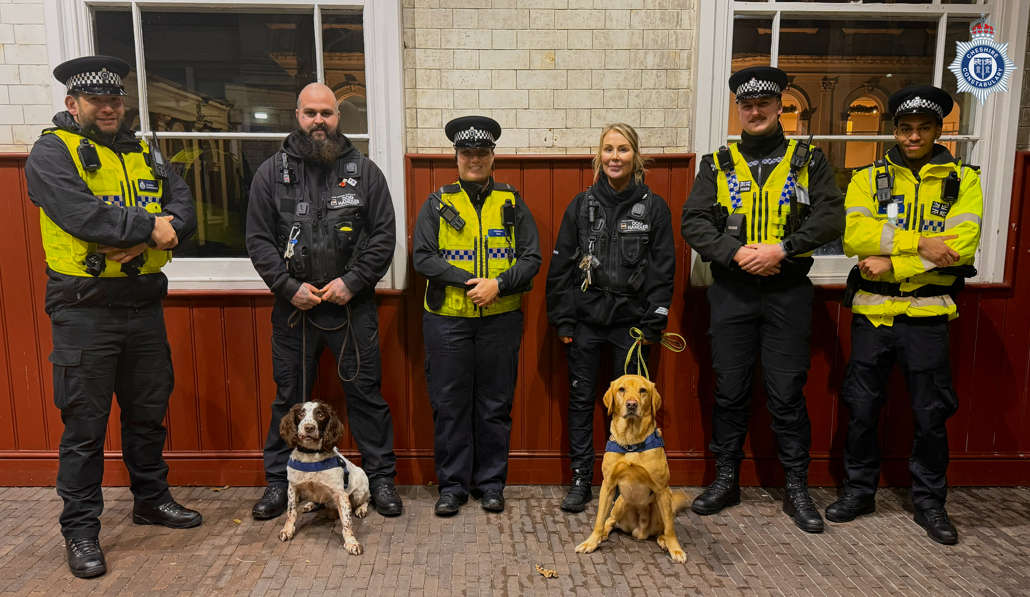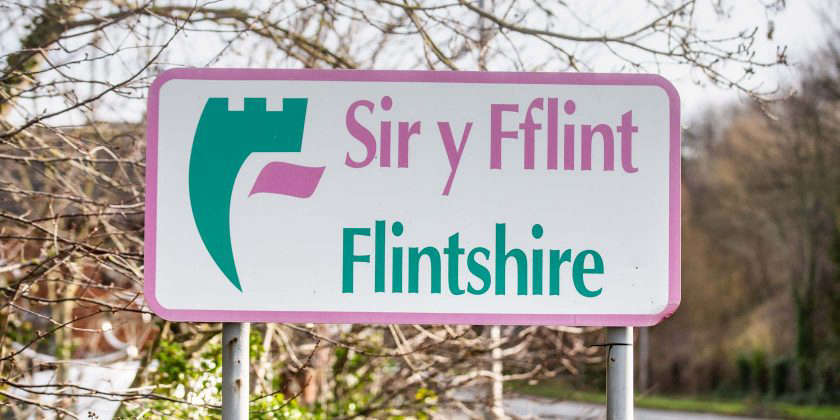A rare black jaguar has arrived at Chester Zoo as part of special programme which is caring for the species across Europe.
Named Inka, the two-year-old female jaguar has moved from The Big Cat Sanctuary in Kent having been carefully selected as a fitting companion for Chester’s resident male jaguar, Napo.
Described as a “strikingly beautiful, bold and confident” young jaguar, carnivore experts at the zoo say Inka’s arrival will help to put a spotlight on the “remarkable” species and support a European-wide programme that’s working to ensure a genetically healthy insurance population of jaguars within the continent’s major conservation zoos.
Jaguars, which are native to the Americas, are listed as ‘Near Threatened’ by the world’s leading authority on the state of nature, the International Union for the Conservation of Nature (IUCN), with scientists believing they may become vulnerable to extinction in the near future.
Dave Hall, Team Manager of Carnivores at Chester Zoo, said:
“Inka is a strikingly beautiful, bold and confident young jaguar and she’s quickly taken to her new surroundings.
“The union between her and Napo, the resident male here in Chester, has been carefully orchestrated by carnivore experts from here (Chester Zoo) and The Big Cat Sanctuary and the coordinators of a programme that’s working in partnership to ensure a genetically viable population of jaguars across Europe. We hope the two of them will go to form a strong and meaningful bond, and the early signs are positive.
“Like Napo, Inka is a wonderful ambassador for her species. Jaguars are remarkable animals and the two of them together will help us to raise more much-needed awareness of the survival challenges that they face in the wild, the work that’s already being done by zoos, our partners and the local conservationists and communities to protect the ecosystems that jaguars live in, and help us to inspire further action for their conservation.”
Conservationists say the jaguar is facing an uncertain future, with a number of threats including habitat loss, illegal hunting and conflict with humans causing numbers in the wild to decline.
Paul Bamford, Regional Field Programmes Manager for the Americas at Chester Zoo, added:
“Deforestation and habitat fragmentation are reducing jaguar populations across their range. According to the IUCN, close to 70% of deforestation in Latin America is driven by industrial agriculture, primarily for soy, oil palm and cattle production.
“Many of these products are exported to countries such as the UK, and therefore, our shopping habits can have a significant impact on global biodiversity loss. In our role as consumers, we are unwittingly contributing to the destruction of nature on our planet.
“At Chester Zoo we are working to influence policy, both in the UK and internationally, to address this. We are supporting efforts to improve production standards and legislation so that deforestation is minimised, or eliminated for good, and wildlife can live safely alongside productive areas. The goal is to create a deforestation-free economy, in which countries are able to meet their development needs sustainably. If we can break the link between habitat loss and production, then we have the opportunity secure a future for people and wildlife.”
Jaguar Facts
- Jaguars are the largest big cat found in the Americas, and are occasionally found in the US too (Arizona / New Mexico)
- While jaguars hunt mainly on the ground, they do climb trees to pounce on their prey
- Their limbs are short and thick set, making jaguars particularly adept at climbing and swimming
- They have the most powerful bite of all the big cats
- Their enormously powerful jaws, combined with their ability to climb and swim, gives them a varied diet. They are predators that will tackle pretty much anything – over 85 prey species identified (wild and livestock/domestic), including mammals, reptiles and birds, have been recorded in their diet across their geographic range. Large ungulates are their favourite but are opportunistic hunters and will also tackle large caiman
- Their coats can look very different. They can be yellow with black spots or look black all over. This is caused by a natural genetic mutation. There is no such species as a black panther; this is just a cat with a dark colour genetic mutation known as melanism.
Pictured - A rare jaguar named Inka has arrived at Chester Zoo.


 Three men jailed for cross-border burglary series
Three men jailed for cross-border burglary series
 Local MP reassured over temporary Eastham Walk-In Centre closure
Local MP reassured over temporary Eastham Walk-In Centre closure
 Successful prosecution after waste stored illegally at Sandycroft site
Successful prosecution after waste stored illegally at Sandycroft site
 New specialist mental health hospital opens to Mums, babies and families across Cheshire
New specialist mental health hospital opens to Mums, babies and families across Cheshire
 50,000 illegal cigarettes seized, shops closed and arrests made during immigration crime operation
50,000 illegal cigarettes seized, shops closed and arrests made during immigration crime operation
 Appeal for information following serious collision in Ellesmere Port
Appeal for information following serious collision in Ellesmere Port
 Man jailed for Ellesmere Port cannabis farm
Man jailed for Ellesmere Port cannabis farm
 Passive drug dog operations take place in Chester
Passive drug dog operations take place in Chester
 Chester Pride Christmas Day Buffet Meal
Chester Pride Christmas Day Buffet Meal
 Woman barred from shops in Ellesmere Port
Woman barred from shops in Ellesmere Port
 A message from the Cheshire Police and Crime Commissioner
A message from the Cheshire Police and Crime Commissioner
 Chester & Wirral Football League - Weekend Round Up
Chester & Wirral Football League - Weekend Round Up
 Suicide prevention action plan could be developed for Flintshire
Suicide prevention action plan could be developed for Flintshire
 Christmas comes early at Constabulary's 2025 Carol Concert
Christmas comes early at Constabulary's 2025 Carol Concert
 Brio takes a significant step forward to support women in sport
Brio takes a significant step forward to support women in sport
 Man guilty of attempting to rape a woman in Neston
Man guilty of attempting to rape a woman in Neston
 CELEBRITY GUEST CONDUCTOR TO JOIN TOP CHESTER CHOIR FOR JOYFUL FESTIVE CONCERT
CELEBRITY GUEST CONDUCTOR TO JOIN TOP CHESTER CHOIR FOR JOYFUL FESTIVE CONCERT
 Man jailed for drugs offences in Chester
Man jailed for drugs offences in Chester
Comments
Add a comment